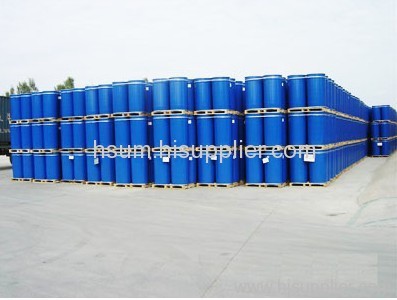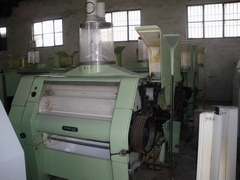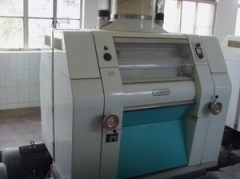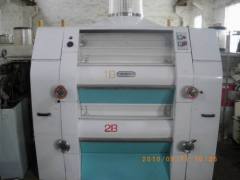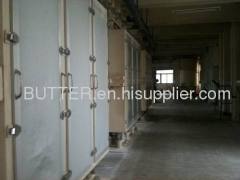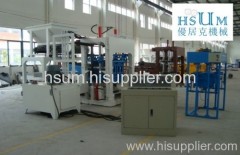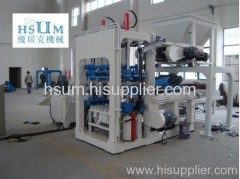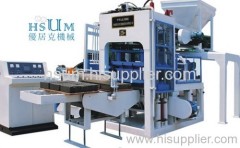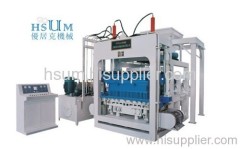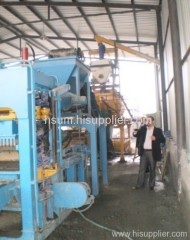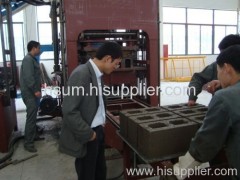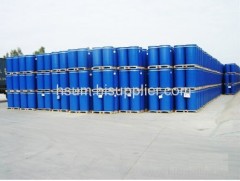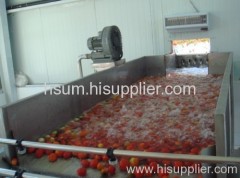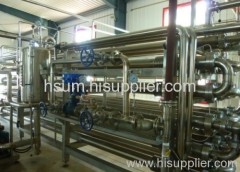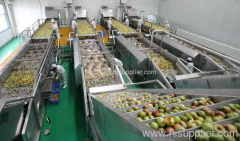
|
Hongkong and Shanghai Unique Machinery Co., Ltd
|
fruit processing machines
| Price: | 999999.0 USD |
| Payment Terms: | , T/T,L/C |
| Place of Origin: | Shanghai, China (Mainland) |
|
|
|
| Add to My Favorites | |
| HiSupplier Escrow |
Product Detail
HSUM-JUMP is experienced in many kinds of fruit processing machines, advanced technology and best price and service.
I
A plant producing hundreds of tons of fresh tomato every day requires a precise and constant supply of fresh product (raw material), It is vitally important that the tomato processing line constantly operates at maximum capacity. It is not possible to work at a very reduced capacity or - even worse - intermittently, or every other day. In fact, every time the tomato processing line is shut down, all the machinery must be cleaned, with the subsequent loss of several working hours, wastage of both a great amount of water and a great deal of product contained in the evaporator.
The HB product is usually used for ketchup and different sauces requiring a 28-30° Brix, while the CB is mainly used for triple concentrate paste at 36-38° Brix, packaged in 500 or 1000 gr cans for domestic use.
Fresh tomatoes processing plant flow as follow:
1.Fresh tomatoes arriving at the plant in trucks are unloaded into a collection channel (also known as flume). Or the delivery trucks park-up alongside the flume and, while the trailers containing the tomatoes are being tilted towards it, an operator, using a special tube, pipes a vast quantity of water inside the truck, so that the tomatoes can flow out from the special 50 x 50cm opening. In this way the tomatoes and the water will be gradually feed into the flume without getting damaged.
2.the water flow carries the tomatoes into the bucket elevator, which then conveys them to the sorting station.
3.The tomatoes then arrive at the sorting station(sorting machine), after having been rinsed under a clean water spraying system (preferably drinking water). Here the staff removes the green, damaged and excessively small tomatoes.
4.The tomatoes suitable for processing are transported to the chopping station (tomato crusher) where they are chopped.
5.The pulp is pre-heated to 65-75°C for Cold Break processing or to 85-95°C for Hot Break processing. The main control panel on the evaporator regulates the pre-heating temperature.
6.The heated tomato pulp (fiber, juice, skin and seeds) is then conveyed via a special pump to an extraction unit composed of two operating stations (Peeling/pulping/refining monobloc): a pulper and a refiner, equipped with two sieves having different sized meshes. The first sieve processes solid pieces up to 1-1.2 mm, while the refiner processes solid pieces up to 0.6-0.8 mm, depending on the type of sieve fitted on the machine (the manufacturer can supply sieves with different sized holes if necessary). Two products therefore come out of the extraction unit: refined juice for concentration and waste for disposal. The average extractor yield is about 95%. For example, if the extractor is fed with 100 kg of hot pulp, it will produce 95 kg of juice and 5 kg of waste.
7.At this point the refined juice is collected in a large tank which constantly feeds the evaporator. This tank is equipped with maximum and minimum level indicators-adjusters which control the pump supplying juice to the evaporator.
8.The juice in this storage tank is fed to the Vacuum Evaporator which automatically regulates juice intake and finished concentrate output; the operator only has to be set the Brix value on the evaporator's control panel; and the concentration level will gradually increase until the required density is obtained in the final stage or "finisher".
9.The concentrate is sent from the evaporator directly inside the aseptic system tank. From here it is pumped at high pressure inside the tube-in-tube sterilizer and then to the aseptic bag filler, where it is filled into pre-sterilized aseptic bags housed in metal drums.
10.The packaged concentrate can be kept up to 24 months depending on its pH value and ambient conditions.
If
Didn't find what you're looking for?
Post Buying Lead or contact
HiSupplier Customer Service Center
for help!
Related Search
Rubber Processing Machines
Stone Processing Machines
Glass Processing Machines
Plastic Processing Machines
Tube Processing Machines
Wood Processing Machines
More>>

